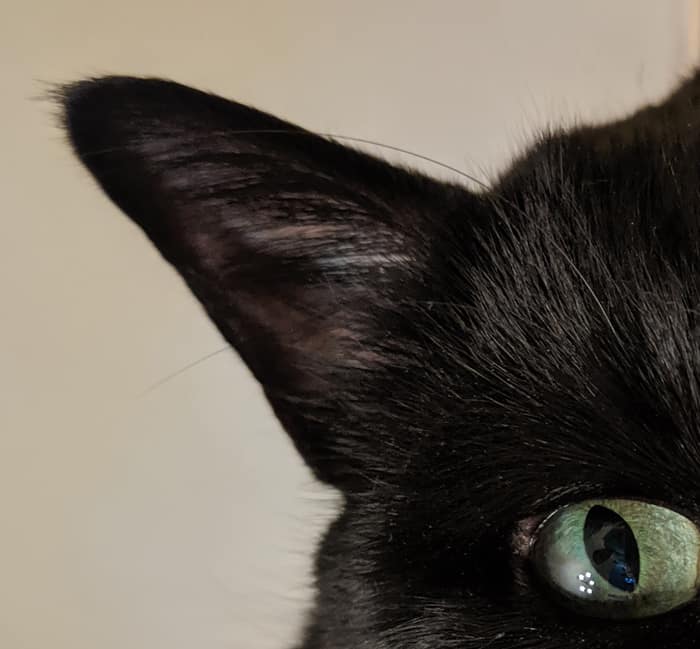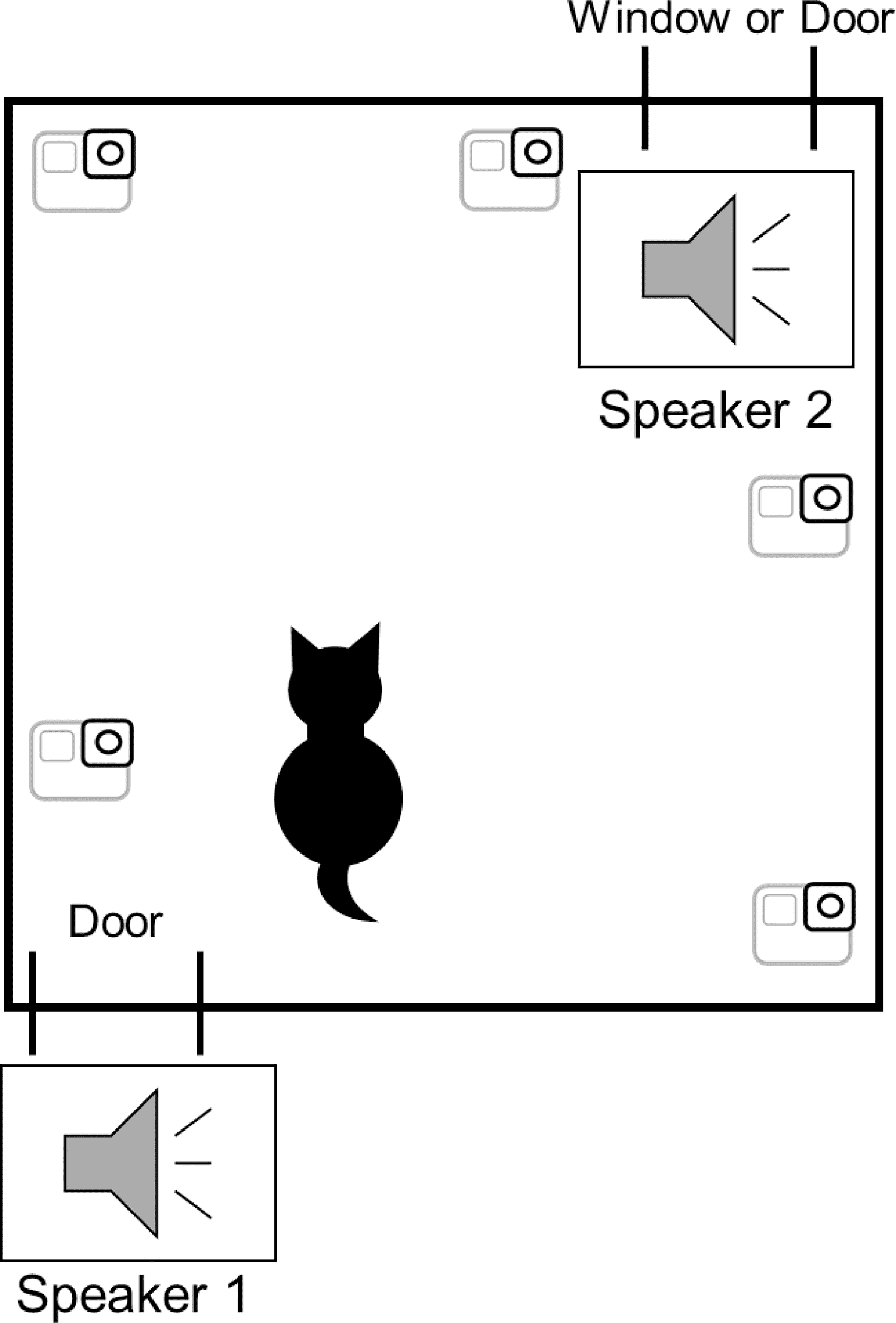Out of sight, out of mind appears to not apply to cats. Your cat will continue to track where you are in the house, even when you’re not in the same room.
Researchers found that cats will use audio cues to create mental maps of where their owners are in their homes. The ability of animals to form mental representations of where other living beings are is called socio-spatial cognition.
The ability of cats and other animals to maintain a mental representation of a living thing or object after it disappears from view is known as ‘object permanence’. It’s partly why your cats will hover outside a closed door when they know you’re on the other side.
Cats Have Excellent Hearing That Lets Them Track Animals
As predators, cats have developed an excellent sense of hearing that can supplement their hunting tactics under low or poor light conditions.
A domestic cat’s ear has 32 muscles. Cats can independently move each ear to focus in on sounds.

Mapping the Location of a Cat’s Owner Based on Sound
To understand how cats map out the location of their owners, researchers recorded familiar people calling the names of their cats. The recordings were played five times from one location.

When the recordings were replayed from a different location, the cats acted surprised.
This reaction suggested that the cats were mapping out the location of their owners using sounds that the cat was hearing and therefore were not expecting those sounds to come from a different location with the second playing of the recording.
The cats, when played the sound of a stranger saying their name from a different location after hearing their owners calling their names didn’t show the same level of being surprised.
This further supported the idea that cats form mental maps of where their owners are located based on sound.
The study
Takagi, S., Chijiiwa, H., Arahori, M., Saito, A., Fujita, K., & Kuroshima, H. (2021). Socio-spatial cognition in cats: Mentally mapping owner’s location from voice. PloS one, 16(11), e0257611. https://doi.org/10.1371/journal.pone.0257611
More Cat Research
- Cats Can Learn the Names of Their Feline Housemates
- Can More Play and Meat Reduce Your Cat’s Hunting?
- Cat Ownership Linked to a Positive Effect on Brain Health






